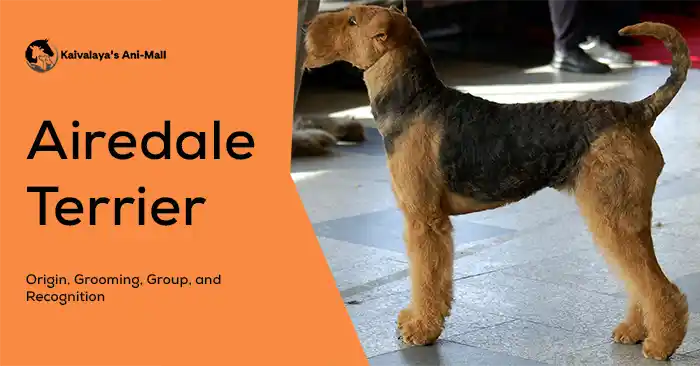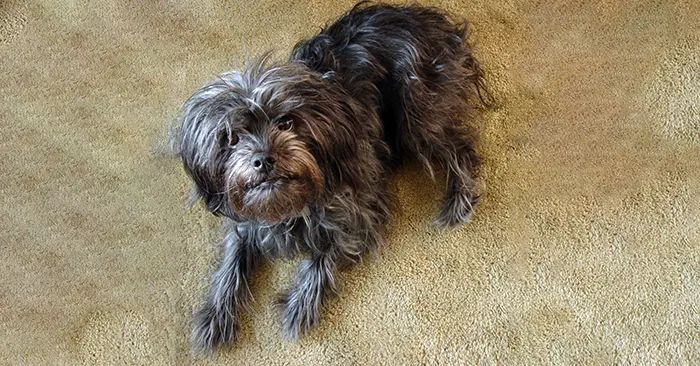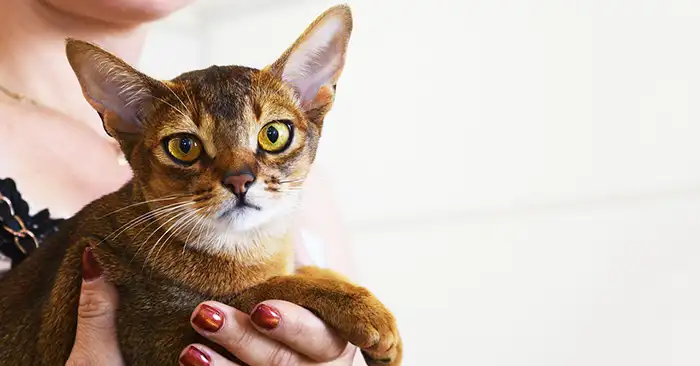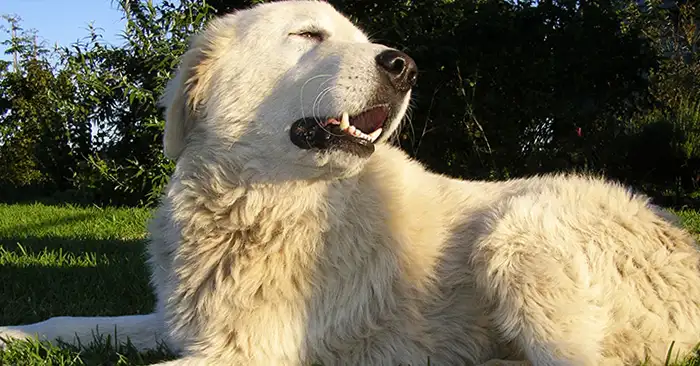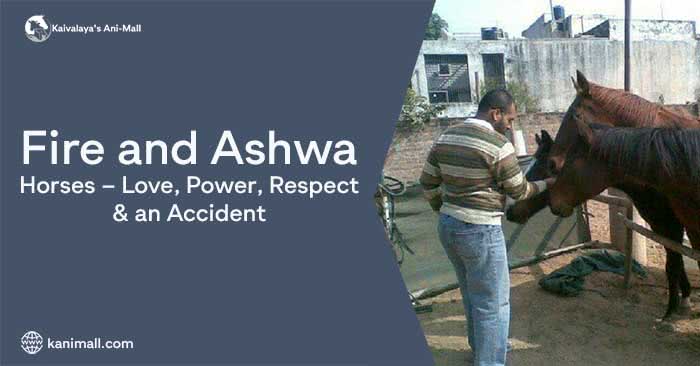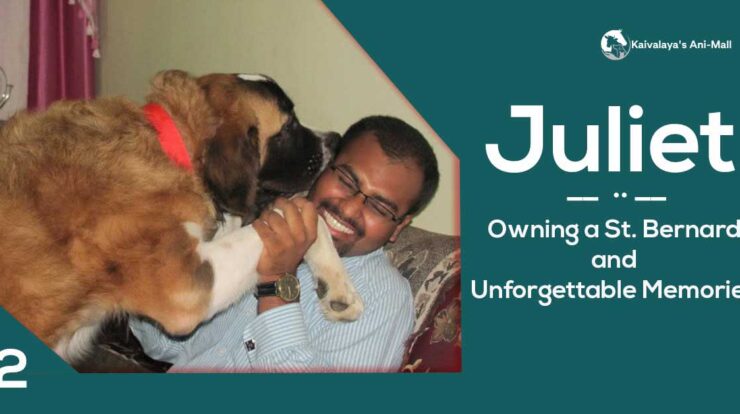Cane Corso is native of Italy and also known as Italian Mastiff. They were multipurpose dogs in the past and are known for easily trainable among Mastiff breeds. Saying that doesn’t mean that anyone can keep this breed. It is a dog for an experienced person who well knows about pack order and confident. As they were also used for herding they fit well with active lifestyle people and not for sedentary people. If you want to own a Cane Corso then you should know more about it as they are known to be aggressive by people but, it is not. So, to know more about this breed please read further about this breed.
Cane Corso Origin
Cane Corso is breed from Italy. They were mainly found in southern Italy in regions of Basilicata, Campania, and Apulia. Recently Cane Corso breed has been revived from the verge of extinction. There is no clear and proper history of this breed. Many poems have been written with Cane Corso name in it and in some prose in around 16th century but, Associazione Italiana Cane Corso has published a study which found existence of Cane Corso around 12th century. According to the study Cane Corso was used in military in 1137 in Monopoli di Sabina near Rome. From this we can say that their existence was there much before middle ages. They were present throughout the great civilizations of the past.
It is believed that they were maintained throughout those times by natural selection. They have lineage of Molossi of Epiro and the pugnaces of Rome. They were used in agriculture, hunting, in wars and in many areas. They were multi purpose dogs of that time. With modernization in agriculture, inclusion of firearms and also due to second world war, their numbers started to fall drastically and lost its importance with passing time. In 1976, Doctor Breber, researcher of the rural traditions of Italy and a dog lover brought attention of people towards this breed by publishing an article in ENCI magazine. In October 1983, Berber and other enthusiasts formed Società Amatori Cane Corso. Basir was from first litter used to revive the breed who was taken as the model for the standard of the race was the son of Dauno and Tipsi.
- Italian Kennel Club (ENCI) accepted Cane Corso in 1998.
- Cane Corso was recognised by American Kennel Club in 2010. First Cane was imported in America was in 1988.
Cane Corso Temperament
Cane Corso is best dog if you are experienced dog owner who has trained and socialised your dog very well. Cane Corso is extremely loyal to owners and gets very closely bond with a particular person in family. They are quiet in nature and thrive on human attention. If you cannot give ample time to your Cane Corso then never think to own one.
Due to their gaurding background they are reserved to strangers and need early rigorous socialisation to do well with strangers when adult. They are territorial and alert and bark when they find something suspicious approaching.
They are from working class and were used for herding also so, they need long walks or jogs and a safe and fenced area to satisfy their activity level. Otherwise you will get a destructive large sized dog. There is aggression in Cane Corso if properly not socialised and trained.
They do well with children and other pets if you thoroughly socialise them or they grow up with them. They don’t do well with other dogs especially with same sex dogs due to high territorial instinct.
They are intelligent and stubborn so, you need to train them well and make them remember again and again who is the boss. Training them becomes easier and they learn quickly if they know their position in pack. They are sensitive and eager to please their owners.
Also Check: Berger Picard Origin, Nutrition, Grooming and Size Details Get here || Top 10 Police K9 Unit Dog Breeds
Cane Corso Physical Appearance
Cane Corso is powerful, muscular and medium to large sized dog. Their weight is proportional to height. They are big boned. Head is broad, large and have prominent cheekbones. Forehead is flat. Muzzle is square.
They are moderately tight skinned. There are some dewlap on neck and bottom jawline have hanging lip. Ears are mostly cropped but, if not cropped are hanging and triangular shaped and coming slightly below eyes.
They are double coated with light undercoat and dense, short and stiff outer coat. Coat colour comes in various solid or shades of blue, stag red, fawn, black and grey. These shades can also come in brindle or irregular streaks of light and dark colour. White colour marks on chest, toes and nose bridge is permitted.
Tail is mostly docked but, if not docked is thick and carried straight and should not round up above topline.
Cane Corso Size
Height
- Male – 25 to 27.5 inches
- Female – 23.5 to 26 inches
Weight
- Male – 99 to 110 pounds
- Female – 88 to 99 pounds
Cane Corso FCI Classification
- Section – Section 2.1, Molossian: Mastiff type
- Group no 2
- Date of acceptance – 5/21/2007(on definitive basis), 11/12/1996(provisional basis)
- Country of origin – Italy
- Standard no 343
Cane Corso Grooming
They are light sheders. You should brush and curry your Cane Corso once every week by medium-bristle brush and Kong. You can wipe with wet cloth to keep their coat clean and healthy. Brush your Cane Corso daily during heavy shedding months. You should give your dog bath whenever needed. It is not advised to bathe your dog frequently to keep oil balance of their skin and coat.
Check your dog’s ears weekly and clean them with ear cleaner specific for dog with cotton balls. Never use q tip in your dog’s ears.
- Brush your dog’s teeth daily if possible.
- Trim nails of your dog once in 2-3 weeks with a dog nail clippers.
Zoo Purpose: What Is Really Expected || Top 10 Most Popular Dog Breeds in the World
Cane Corso Nutrition
Any premium quality commercial dog food without corn specific for large breed dog is good for your dog. If you offer puppy food then it should have around 22% of protein in it. If you offer home made food then main ingredient of food should come from meat, bone and organ meats. You can add vegetables, eggs, cottage cheese and fruits in their food in low proportions. Divide food into two portions and offer it twice to your adult dog to avoid bloating.
- Always keep clean water available for your dog.
Cane Corso Training
They are easily trainable if they know their place in the pack. Not knowing their position in pack can land you in trouble because they also have herding background as they were multipurpose dogs. So, they will take lead if you don’t take lead as they have their own will to do job. You should be confident and positive to train your Cane Corso. Reward and positive reinforcement is very important in training your Cane Corso. Reinforce your pup positively when they do what you want with treats as they love to please their owners.
As this breed comes from gaurding background, you need to thoroughly socialise them early with strangers, children, other pets and dogs.
Cane Corso Health Challenges
They mainly suffer from hip dysplasia. It is found around 59% of this breed suffer from hip dysplasia. They also suffer from seizures due to epilepsy. They are prone to epilepsy. Never take a pup from any pair out of which any one suffers from seizures.
Other common ailments in this breed are
- Bloat
- Cherry Eye
- Entropion
- Ectropion and
- Mange
- Cane Corso has litter size of 6 to 10 puppies.
- Life expectancy of Cane Corso is 10 to 12 years.
Also Check: Borzoi Dog Breed info, Origin, Physical Appearance, Training || Top 10 Police K9 Unit Dog Breeds

